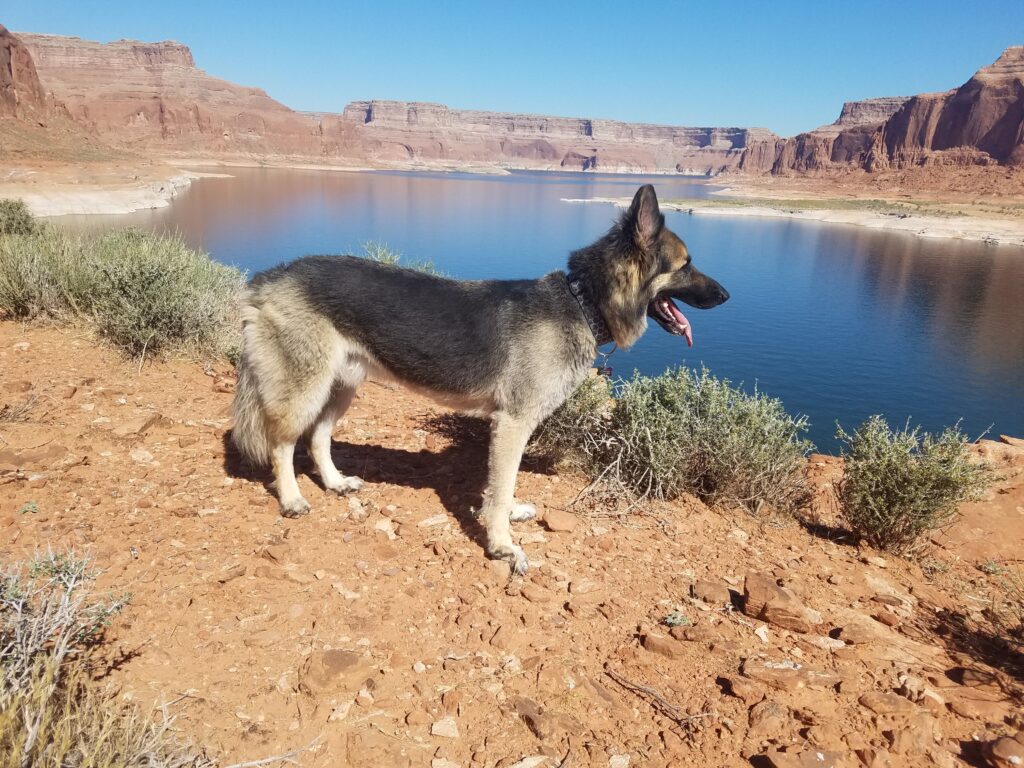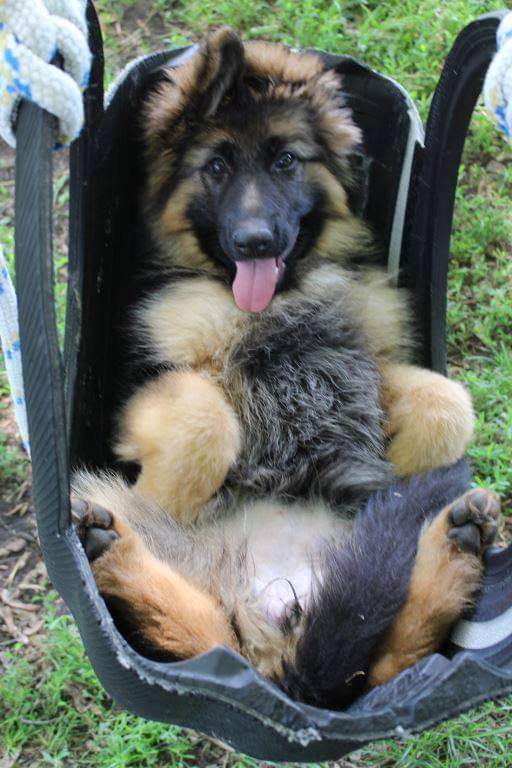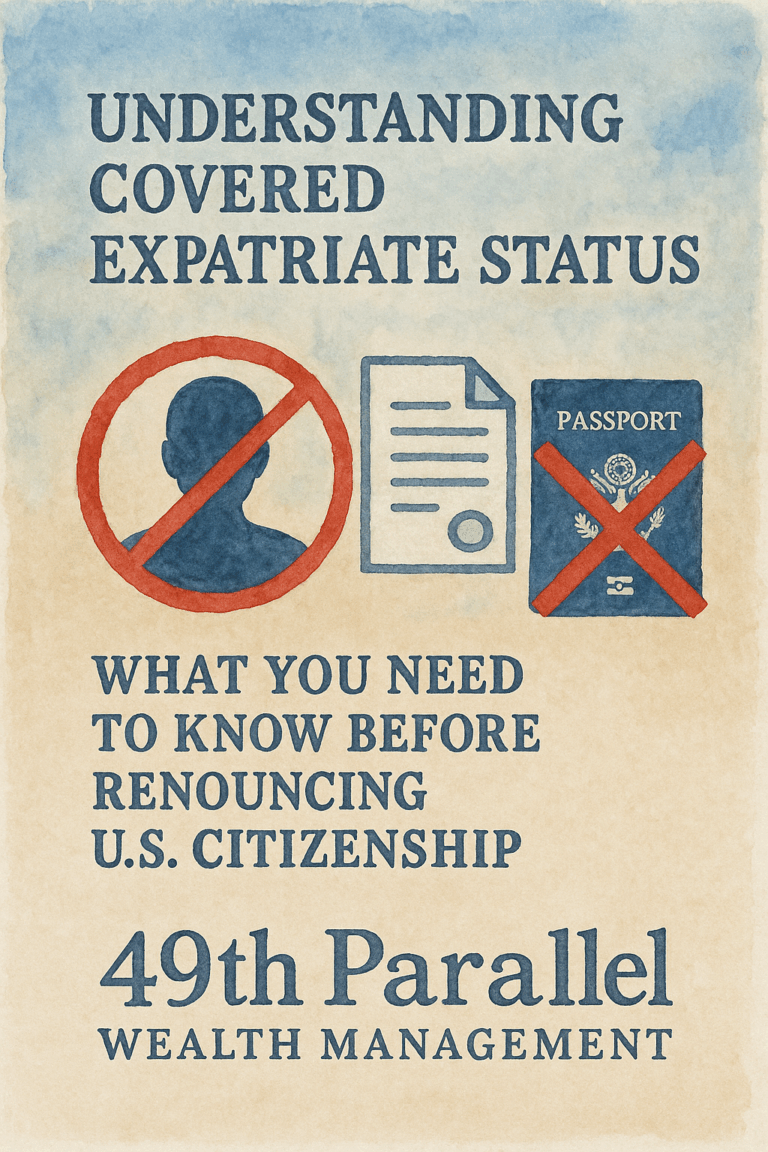How to Import Your Pet to Canada?
Planning to move to Canada with your furry friend? You’ll need to follow specific steps to import your pet to Canada safely and legally. Whether you’re relocating, staying long-term, or adopting a pet from another country, it’s important to prepare in advance. This simple guide will help you understand the process of bringing your dog or cat into Canada. From paperwork to vaccinations, we’ll cover everything you need to make the move easy for both you and your pet. If you want a clear and easy import your pet to Canada guide, you’re in the right place.

Step 1: Understand Canada’s Import Requirements
If you want to import your pet to Canada, the first step is to learn the rules. Canada has different import regulations depending on your pet’s type, where it’s coming from, and its health condition. The Canadian Food Inspection Agency (CFIA) is the main authority that handles pet imports.
They make sure all animals entering the country are healthy and safe. Before you travel, check the latest CFIA guidelines to avoid delays or issues at the border. Knowing these rules will help you import your pet to Canada smoothly and without surprises.
Key Factors to Consider:
When you import your pet to Canada, there are important factors to keep in mind. The rules vary depending on the type of pet. Dogs and cats are the most common pets brought into Canada, but birds, rabbits, reptiles, and other animals may have different rules.
The country your pet comes from also matters. Pets from rabies-free countries have different requirements than pets from countries where rabies is more common.
Your pet’s age and health are also important. For example, puppies under 8 months old have different rules than older pets. Make sure your pet is healthy and does not have any contagious diseases before importing.
Knowing these key factors helps make the process smoother when you import your pet to Canada.
Step 2: Prepare Documentation
You’ll need the following documents to import your pet into Canada:
- Rabies Vaccination Certificate:
- Required for dogs and cats over 3 months old.
- The certificate must include the pet’s description, vaccine manufacturer and serial number, vaccination date, and expiration date. Kato was picked up by the dog catcher in 2017 and taken to the Humane Society. The vaccinations they gave him then were still valid when we moved to Ontario in 2019.
- Health Certificate:
- Not always required for personal pets from the U.S., but it’s essential when importing from other countries. The only piece of documentation CBSA asked for when we crossed into Canada for Kato was proof of Rabies vaccination.
- A licensed veterinarian must issue it, confirming that your pet is healthy for travel.
- Import Permit (If Required):
- An import permit may be necessary for exotic pets or animals from specific countries.
- Contact the CFIA to determine if your pet needs an import permit. Kato did not need an import permit.
- Microchip Information (Optional but Recommended):
A microchip is highly recommended to ensure your pet can be identified if lost. Kato was microchipped.
Step 3: Choose the Right Mode of Transport
Pets can be transported to Canada by air, land, or sea. Depending on the distance and your pet’s size, you may have different options.
- By Air: Most airlines have pet travel services, but restrictions and requirements vary. Check with the airline for their pet travel policy, crate size, and health documentation requirements.
- By Land: If traveling from the U.S., you can bring pets by car, but ensure you have all documentation ready for inspection at the border.
- By Sea: Pets traveling by sea must also meet CFIA import requirements.
Crate Requirements: Make sure your pet’s crate is airline-approved and large enough for your pet to stand, turn around, and lie down comfortably.
Step 4: Border Inspection and Fees
When you arrive in Canada, your pet will be inspected by a Canada Border Services Agency (CBSA) officer.
- Inspection Fees:
- $30 (plus tax) for the first animal.
- $5 (plus tax) for each additional pet in the same shipment.
- Inspection Process: Ensure all documents are ready for inspection. If everything is in order, the process is typically quick and straightforward.
Step 5: Post-Arrival Health Check
After you import your pet to Canada, it’s a good idea to take your pet to a local veterinarian. A post-arrival health check helps make sure your pet is healthy and adjusting well to the new environment. The vet can also update any vaccines that may be required in your specific province. This step is important for your pet’s long-term well-being and helps you follow local pet care rules. To safely import your pet to Canada, don’t skip this important health check once you arrive.
Additional Considerations When You Import Your Pet to Canada
When you import your pet to Canada, there are extra things to keep in mind. Generally, Canada does not require quarantine if your pet meets all health and vaccination rules.
However, some travel restrictions apply. Certain breeds, like pit bulls, are restricted or banned in many provinces. Other breeds may also face limits depending on where you live.
If you are adopting or buying a pet from another country, make sure the organization follows ethical practices. Also, confirm that the pet meets all Canadian import rules.
Being aware of these additional considerations will help ensure a smooth process when you import your pet to Canada.
Import your pet to Canada can be straightforward if you prepare in advance and follow the necessary steps. The key is to stay organized, understand the specific requirements for your pet, and ensure you have all documentation ready.
By taking these steps, you can import your pet to Canada as smooth and stress-free as possible, for both you and your furry friend!
 alt="" />
alt="" />Additional Information:
Border requirements for animals
When you import your pet to Canada, the Canada Border Services Agency (CBSA) will inspect your animal at the border. CBSA officers have the right to refuse entry, confiscate, or detain your pet if certain rules are not followed.
- it is undeclared, including family pets
- you do not have the necessary permits/certificates
- it is suspected of being sick or infected with a pest or disease
- the animal is transported in a non-humane way and not kept safe from harm and injury
The Canadian Food Inspection Agency (CFIA) is responsible for establishing import requirements for all animals, including domestic pets and non-traditional pets. For detailed guidelines, refer to the CFIA’s Protecting Pets When They Travel page.
Visit Bringing animals to Canada: importing and travelling with pets for more important information on import information.
The CFIA is also responsible for setting guidelines for the humane transport of all animals. To ensure all animals, including cats, dogs, exotics and reptiles, are transported safely, visit the CFIA webpage Protecting Pets When They Travel.
Personal dogs
A personal dog is a pet that lives or will live with the owner and will not be transferred or given to another person upon arrival. You, as the owner must:
- be the importer of the dog and
- have proper documentation proving that you have ownership
If you are not the owner of the dog or the dog is intended for commercial purposes (which are listed under “Commercial Dog”), it is considered a commercial import.
More information: Travelling with dogs to the US (Canadian Food Inspection Agency)
Assistance dogs
An assistance (service) dog is:
- a dog that provides a distinct service to the individual it is assigned to (designated handler) and
- has been certified and trained by an organization accredited by the International Guide Dog Federation or Assistance Dogs International
Assistance dogs do not include therapy animals, companionship animals, emotional support animals, or comfort animals.
If your assistance dog falls within the personal category, it is exempted from the rabies vaccination requirements.
If your assigned assistance dog is travelling with another person, or is in special “training status” it will be considered a commercial import.
Commercial dogs
Your assigned assistance dog is considered a commercial import if:
Commercial dogs include dogs that are intended to be transferred/given to another person and intended for purposes such as:
- dogs used for breeding, including selling/distributing the offspring, further resale, shows or exhibitions, or scientific research
- dogs that have special “training status”
- dogs intended for further adoption, an animal welfare organization, or fostering, which includes rescue dogs (by an individual or animal welfare organization)
- Canadian commercial dogs returning to Canada
At this time, the CFIA will not issue import permits for commercial dogs from countries at high-risk for dog rabies. As a result, the CBSA will deny such dogs entry to Canada
If your dog is more than 8-months old, when you arrive in Canada you will need:
- a valid rabies vaccination certificate; and
- the dog appears healthy and meets humane transportation requirements
A personal pet dog is defined as a dog that is intended to live with the owner, who must also be the importer, who is bringing the animal into Canada as a personal pet dog.
The dog is not intended for transfer of ownership or fostering upon its arrival into Canada, or commercial purposes such as reproduction, breeding or sale of offspring, showing or exhibition, sale of germplasm (includes semen, oocytes and embryos), sale of the dog itself, scientific use or research, or special training status (regardless of whether a profit is made or a transfer of funds occurs).
The owner must be the importer of the dog and be able to provide documentation that clearly demonstrates they own the dog and obtained ownership prior to it entering Canada upon request.
If you are bringing a dog to Canada to give to someone else, to foster, to adopt out, to breed, or for other commercial purposes, change your selection from “personal” to “commercial” to get the correct import requirements.
Note: other federal departments/agencies (for example, Canada Border Services Agency) may have additional requirements if an owner/importer has authorized a person/agent to accompany their import to Canada on their behalf. It is the owner/importer’s responsibility to comply with any other relevant requirements.
A hard copy of all required original documentation may be requested during the inspection, and the importer must be able to provide such records if asked. As such, it is strongly recommended to travel with a physical original copy of all required documentation.
If your dog is less than 3-months old, you will need:
- proof of the dog’s age (you get this from a veterinarian); and
- the dog appears healthy and meets humane transportation requirements
A personal pet dog is defined as a dog that is intended to live with the owner, who must also be the importer, who is bringing the animal into Canada as a personal pet dog.
The dog is not intended for transfer of ownership or fostering upon its arrival into Canada, or commercial purposes such as reproduction, breeding or sale of offspring, showing or exhibition, sale of germplasm (includes semen, oocytes and embryos), sale of the dog itself, scientific use or research, or special training status (regardless of whether a profit is made or a transfer of funds occurs).
The owner must be the importer of the dog and be able to provide documentation that clearly demonstrates they own the dog and obtained ownership prior to it entering Canada upon request.
If you are bringing a dog to Canada to give to someone else, to foster, to adopt out, to breed, or for other commercial purposes, change your selection from “personal” to “commercial” to get the correct import requirements.
If the dog will be travelling alone or accompanied by a person/agent that has been authorized by the owner to accompany the dog to Canada on their behalf (for example, a flight companion, family member, friend, etc.), change your selection from “accompanied by owner” to “unaccompanied by owner” to get the correct import requirements.
A hard copy of all required original documentation may be requested during the inspection, and the importer must be able to provide such records if asked. As such, it is strongly recommended to travel with a physical original copy of all required documentation.
If your dog is between 3-months and 8-months, you will need:
- a valid rabies vaccination certificate; and
- the dog appears healthy and meets humane transportation requirements
A personal pet dog is defined as a dog that is intended to live with the owner, who must also be the importer, who is bringing the animal into Canada as a personal pet dog.
The dog is not intended for transfer of ownership or fostering upon its arrival into Canada, or commercial purposes such as reproduction, breeding or sale of offspring, showing or exhibition, sale of germplasm (includes semen, oocytes and embryos), sale of the dog itself, scientific use or research, or special training status (regardless of whether a profit is made or a transfer of funds occurs).
The owner must be the importer of the dog and be able to provide documentation that clearly demonstrates they own the dog and obtained ownership prior to it entering Canada upon request.
If you are bringing a dog to Canada to give to someone else, to foster, to adopt out, to breed, or for other commercial purposes, change your selection from “personal” to “commercial” to get the correct import requirements.
If the dog will be travelling alone or accompanied by a person/agent that has been authorized by the owner to accompany the dog to Canada on their behalf (for example, a flight companion, family member, friend, etc.), change your selection from “accompanied by owner” to “unaccompanied by owner” to get the correct import requirements.
A hard copy of all required original documentation may be requested during the inspection, and the importer must be able to provide such records if asked. As such, it is strongly recommended to travel with a physical original copy of all required documentation.
If your cat is older than 3-months, you will need:
- Valid rabies vaccination certificate; or
- veterinary certificate
If your cat is younger than 3-months, you will need:
- proof of the cat’s age
Get the importation requirements for your animal here: https://inspection.canada.ca/en/importing-food-plants-animals/pets
Frequently Asked Questions
What documents are required to import your pet to Canada?
To import a dog or cat into Canada, you need to have certain documents ready. For dogs, a rabies vaccination certificate is required if the pet is older than three months. A health certificate issued by a licensed veterinarian might also be needed in some cases. For cats, the same documentation could apply, though it’s less strictly enforced.
What are the costs associated with importing a pet into Canada?
If you’re planning to import your pet to Canada, it’s important to understand the possible costs. These costs can vary depending on your situation. Common expenses include a veterinarian health certificate, rabies vaccination, and border inspection fees. In some cases, there may also be extra charges if your pet needs quarantine or additional vet checks upon arrival.
How can you import your pet to Canada when traveling by car?
If you plan to import your pet to Canada by car, good preparation is key. First, make sure you have all the required documents ready. This includes a rabies vaccination certificate and a health certificate from your vet. Keep these papers in a spot where you can reach them quickly, as border agents may ask to see them.
For your pet’s safety and comfort, use a secure travel crate or a pet seatbelt.
What vaccination requirements must be met for a pet imported into Canada?
To import your pet to Canada, you must meet certain vaccination rules, especially for dogs and sometimes cats. The most important requirement is proof of a rabies vaccination for pets that are over three months old. This vaccine must be given well before you travel, so your pet is fully protected when crossing the border.
Without proper proof of rabies vaccination, your pet may be denied entry or face delays. It’s very important to check the latest vaccination requirements with the Canadian Food Inspection Agency (CFIA) before your trip. This will help ensure a smooth and stress-free experience when you bring your pet into
What are the quarantine regulations for pets arriving in Canada?
When you import your pet to Canada, there is usually no mandatory quarantine if your pet meets all health and vaccination rules. As long as your pet is healthy and has the right documents, they can enter Canada without being quarantined. However, if your pet looks sick at the border, Canadian officials may require a health check or temporary quarantine.
To avoid delays or issues, always make sure your pet’s vaccinations are up to date and bring the proper paperwork. It’s also a good idea to check with the Canadian Food Inspection Agency (CFIA) before you travel to get the most accurate and up-to-date information.
Are there any breed-specific restrictions when importing pets into Canada?
When you import your pet to Canada, there are no breed-specific restrictions at the national level. However, some provinces and cities may have their own rules about certain dog breeds. For example, a few places in Canada have restrictions on breeds like pit bulls.
To avoid any problems when you import your pet to Canada, it’s important to check the local laws of the city or province you’re moving to. Contact the local government or animal services office to confirm if any breed restrictions apply in your area.



